Roofing Warranties Explained: What to Look For and What to Avoid
A roof is one of the biggest investments you’ll make in your home, but the warranty that comes with it can be just as vital… Read More

A roof is one of the biggest investments you’ll make in your home, but the warranty that comes with it can be just as vital… Read More
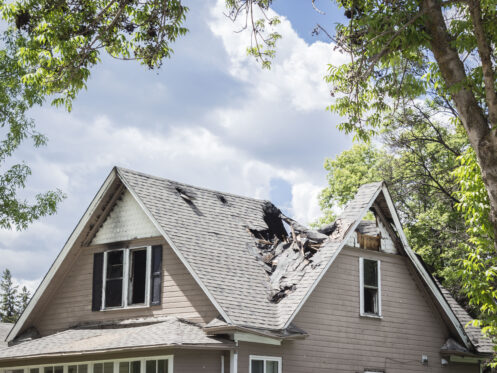
If your home was hit by the recent hail storm or tornadoes in Eau Claire, you’re not alone. Thousands of homes in the area were… Read More
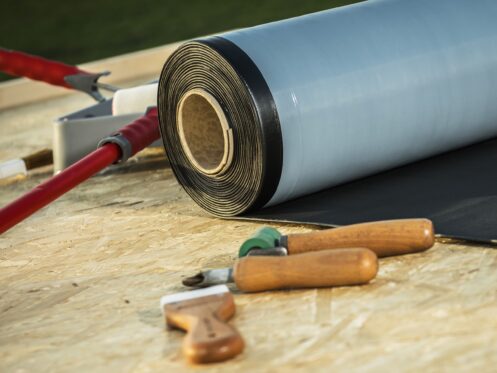
Eco-friendly roofing options are becoming increasingly trendy, particularly for those looking to create a sustainable home. The roof of your home is an excellent place… Read More
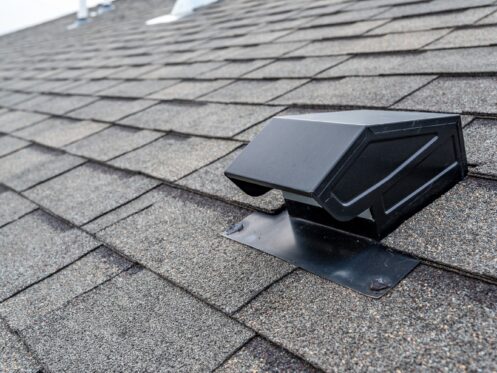
Your roof isn’t just a cover—it’s your home’s first line of defense against the elements. And one of the unsung heroes of that defense? Roof… Read More
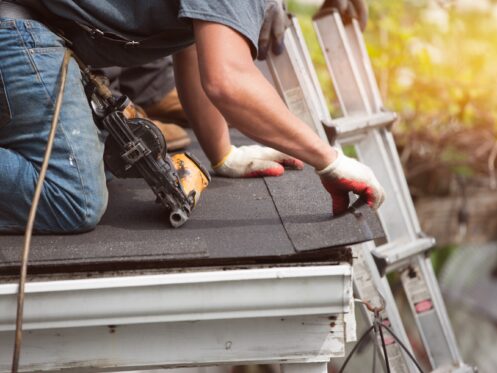
The North Star State experiences challenging weather throughout the year. These stressful conditions can impact your roof’s integrity, appearance, and value. Learn how the weather… Read More
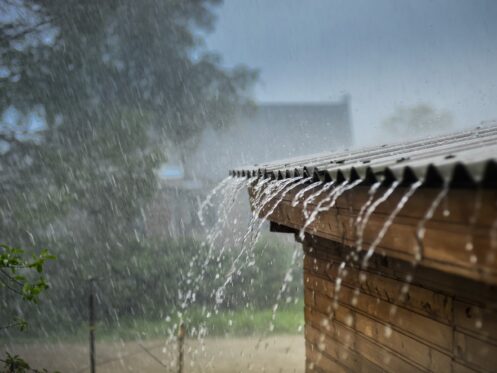
Because of rising storm damage and stricter underwriting standards, insurance companies in Minnesota are increasingly requiring homeowners to replace their roofs to maintain coverage. Older… Read More
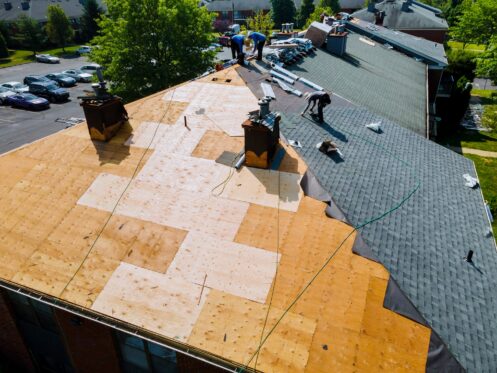
Your roof provides your home or business with an essential defense against exposure to the elements. In addition to preventing snow, rain and ice from… Read More

Minnesota winters are undoubtedly rough, so once warmer weather comes around, spring roof maintenance is on the agenda. This is the perfect opportunity to give… Read More

As a homeowner in Burnsville, MN, you’re no stranger to frigid winter temperatures. These cold conditions can cause ice to form around your home, and… Read More
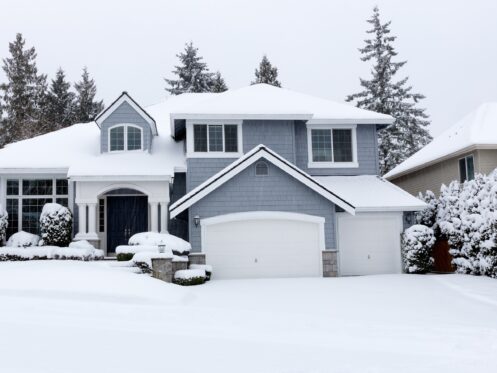
Temperature extremes and precipitation are just some of the things that can have a significant impact on the condition of your home’s roof in the… Read More
Choose Schmidt Roofing for roofing solutions that not only elevate your property’s value but also provide enduring protection and unmatched durability – experience the best roofing services in Burnsville today!